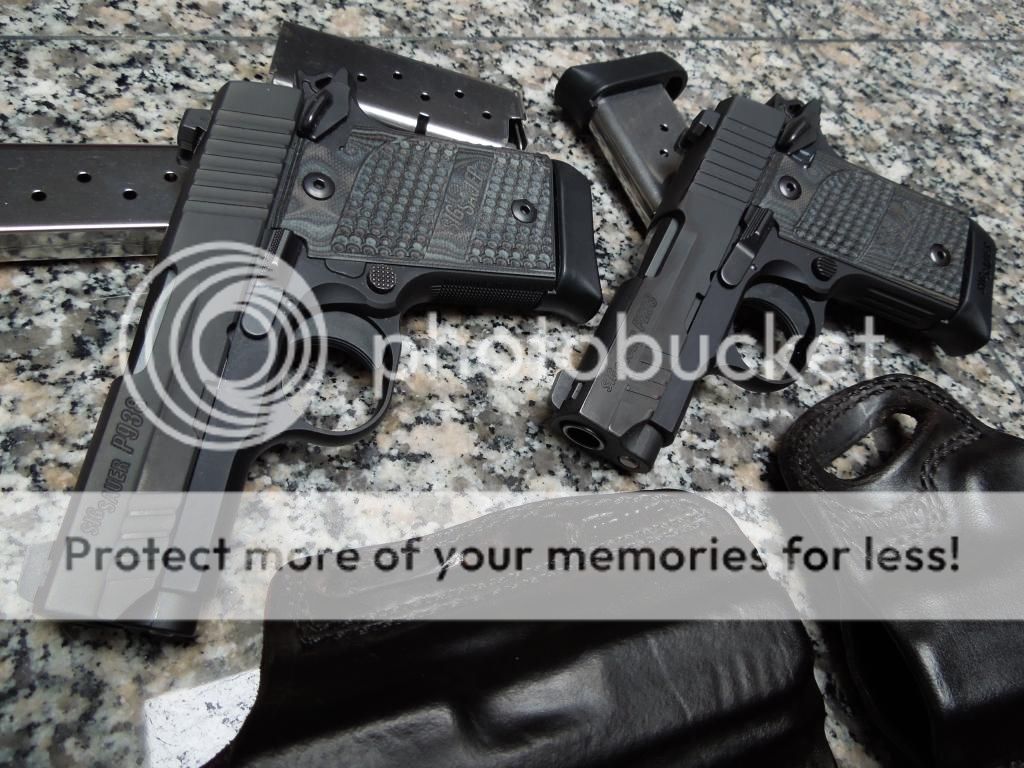I'm not sure why there are so many complaints about the safety on a 1911.
Largely, I believe there are multiple common complaints with the 1911 safety:
1) It has a safety, period. Many folks, myself being one of them, prefer to NOT have a safety in a defensive firearm. This is a subjective preference, and no real fault of the design, but it gives a lot of folks an excuse to thumb their nose at the 1911. I'll roll in here a few nuances - if you reduce the resistance of the safety to not be a problem during a defensive shooting situation, then it becomes easier to "bump off," and alternatively, if you make it resistant to bump off, then the safety becomes too resistant during a defensive shooting... They're not really valid arguments, but they sure sound like it to new shooters and guys who like to regurgitate crap they hear online.
2) A popular opinion that a cocked firearm isn't a safe firearm. Too many folks are uncomfortable with carrying a cocked hammer, but the design of the 1911 is such it can ONLY be carried "safely" in Condition 1. Despite the designed safeties, those folks don't believe the cocked hammer is safe, period. So then you fall to questions like the OP's, wanting to carry in Condition 2, thinking decocked is safer than cocked, which just isn't correct. I know hunters who won't even carry their bolt action rifles loaded until they get to their stand, because they're worried about the striker being cocked over a live round, even with the safety engaged. While the 1911/238/938 designs incorporate a lot of additional safety features, there are folks who simply don't believe you can make an unsafe condition, the cocked hammer, safe enough to be as safe as an uncocked hammer.
3) A good defensive habit can also be a risky habit during administrative handling of the firearm, and the 1911 safety must be bypassed for administrative unloading. The most valid complaint I would reference, is the risk of administrative ND's because the action can't be manipulated with the safety engaged. Here's why, in my opinion as a carrier and as an instructor, this is a difficult problem to overcome: We develop the habit through shooting practice to only disengage the safety when we're ready to fire, so when we practice, we develop the automatic behavioral pattern of: "thumb to safety, off, index finger to trigger, bang." So at the end of the day, we pick up the pistol, drop the mag, disengage the safety, and our index finger automatically reaches for the trigger. Because that's what we've practiced over and over at the range. Equally, I've even seen guys unintentionally disengage the safety when they draw the pistol from their holster for non-firing purposes, simply because they practice their draw stroke to incorporate disengagement of the safety. The more we practice to develop good shooting habits, the greater we risk ND's during administrative handling of the firearm. We're all human, actions happen by mistake occasionally, but actions happen by HABIT a lot more often. If your practice to only release your safety when you're ready to shoot develops a habit WHICH IS THE WHOLE PURPOSE OF PRACTICING, then it's a natural follow on to catch your finger reaching for the trigger after releasing the safety to unload.
The Sig P238/938 design eliminates this risk of administrative ND compared to the 1911 design, but ONLY IF CARRIED IN CONDITION 1!! When carried in Condition 1, at the end of the day, the shooter can drop the mag and open the action to clear the chamber without releasing the safety. In condition 2, the safety must be disengaged to open the action.
The major problem with Condition 2 carry, of course - is drop safety. In Condition 2, loaded chamber, hammer down, the grip safety (in a 1911) and firing pin block have been bypassed.
THE ONLY REMAINING SAFETY FEATURE TO PREVENT A DROP DISCHARGE WHEN CARRYING IN CONDITION 2 IS THE INERTIAL FIRING PIN. If a guy drops the pistol on the hammer in Condition 2, the pin CAN bounce hard enough to fire, whereas in Condition 1, the only way it can drop hard enough to fire would be if dropped on the muzzle. If dropped on the hammer in Condition 1, even if the sear is broken, the half cock notch and firing pin block safeties will prevent a discharge. In Condition 2, both of those safeties have been defeated. If I had to have a drop discharge, I'd much rather have it hit the ground first, even if it ricochets, than have it fire upward.
Of course, the other problem with Condition 2 carry in a P238/938, is a guy then has to release the safety AND cock the hammer to be able to fire, which is an extra step in the draw stroke compared to condition 1 carry, and an extra step which could be fumbled, rendering the pistol useless. In the event of a defensive scenario, slipping the hammer, which some might THINK would cause an ND, would drop the hammer to half cock, and render the pistol and most likely the shooter, dead in the water.


